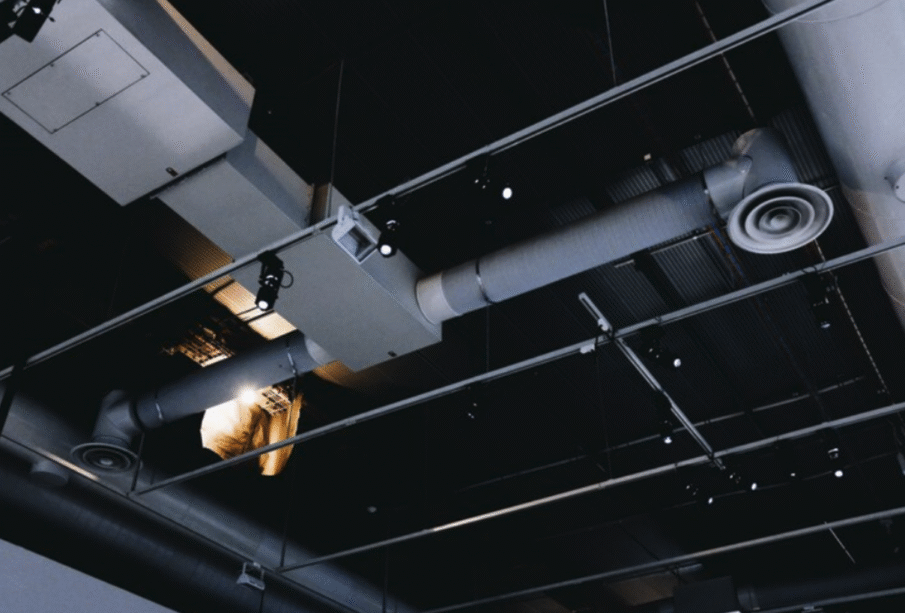
Ever wondered how your home manages to stay perfectly comfortable in every room, even when some areas feel warmer or cooler than others?
The secret often lies in your HVAC dampers. These small but powerful components play a major role in directing airflow and maintaining balanced comfort throughout your home.
Whether you live in Cincinnati, Dayton, or Northern Kentucky, understanding how dampers work can help you get the most out of your heating and cooling system.
What Exactly Are HVAC Dampers?
You can imagine HVAC dampers as the “traffic controllers” of your air ducts. Just like valves regulate water flow in pipes, dampers regulate air flow through your ductwork. They open and close to control how much heated or cooled air reaches different rooms or zones in your home.
Dampers are usually metal blades located inside your ducts. When these blades are open, air flows freely. When closed, airflow to that part of the duct is restricted or blocked.
This control helps distribute air efficiently, preventing hot and cold spots and ensuring even comfort across every area of your home.
How Do HVAC Dampers Work?
The operation of dampers can be either manual or automatic:
- Manual Dampers – These have a small lever or handle that allows you to adjust airflow manually. You might see these in older or simpler systems.
- Automatic Dampers – Found in most modern HVAC systems, automatic dampers are controlled by electric motors (actuators) that respond to signals from your thermostat or zoning system.
Inside each HVAC damper, multiple blades move together to regulate airflow. There are two common designs:
- Parallel Blade Dampers – Blades move in the same direction, allowing more airflow and less restriction, ideal for larger ducts.
- Opposed Blade Dampers – Blades move in opposite directions, providing more precise control and even airflow distribution.
This movement helps balance temperature and air pressure, especially in multi-level homes where upper floors might get warmer than lower ones.
Types Of HVAC Dampers
There are several types of dampers, each serving a unique function:
- Balancing Dampers – Used to fine-tune airflow, ensuring each zone receives the right amount of conditioned air.
- Backdraft Dampers – Prevent air from flowing backward into the system when the fan is off.
- Control Dampers – Work automatically with thermostats to regulate air in specific zones.
- Fire And Smoke Dampers – Installed in commercial or large residential systems to stop the spread of fire or smoke through ducts.
- Butterfly Dampers – Common in homes, featuring a single circular blade that pivots to control airflow.
Optimize Your Airflow With HELP
If you suspect airflow issues, uneven temperatures, or just want to fine-tune your system, the experts at HELP Plumbing, Heating, Cooling, and Drains are here to assist. Our team specializes in optimizing airflow and balancing comfort for every corner of your home.
Clear Reinforce For Long-Term Toy ✦ AU Start Spinning
November 4, 2025Biometric Certificate Features American Spin to Win
November 4, 2025
Comments are closed.
More News
-
Top Reasons to Invest in Quality Gutters in Fort Worth
August 16, 2024 -
Why An Electrical Panel Upgrade Can Save Your Home From Risk
September 20, 2025
Latest Post
INDEX POST
-
What Are HVAC Dampers And How Do They Direct Airflow?
November 8, 2025 -
Where to Find a Deck Builder in Toronto
November 8, 2025 -
Biometric Certificate Features American Spin to Win
November 4, 2025 -
Clear Reinforce For Long-Term Toy ✦ AU Start Spinning
November 4, 2025 -
How to Avoid Hidden Costs in a Condo Renovation
November 3, 2025




